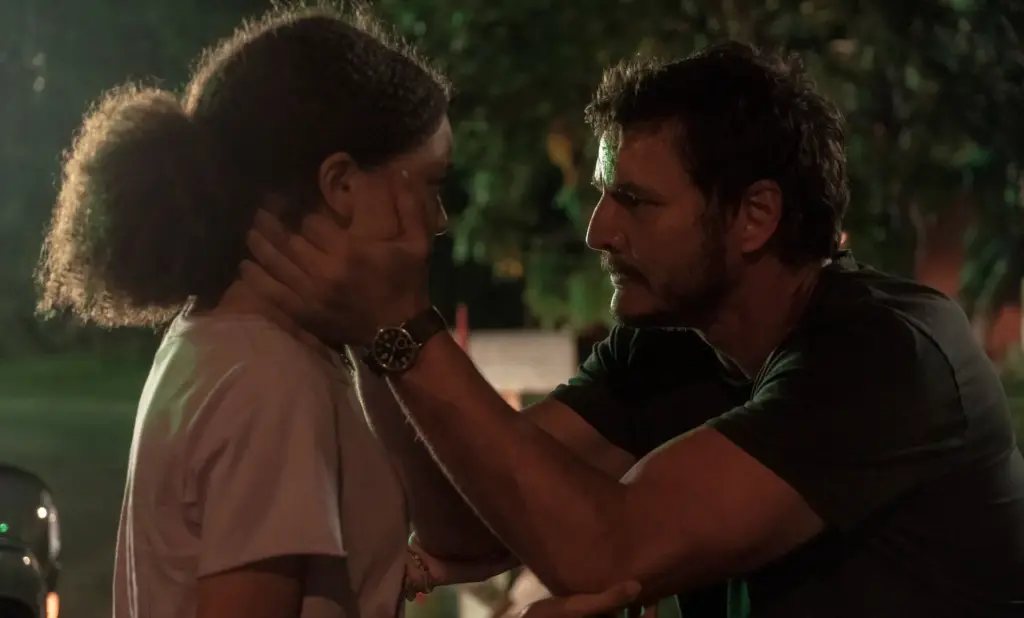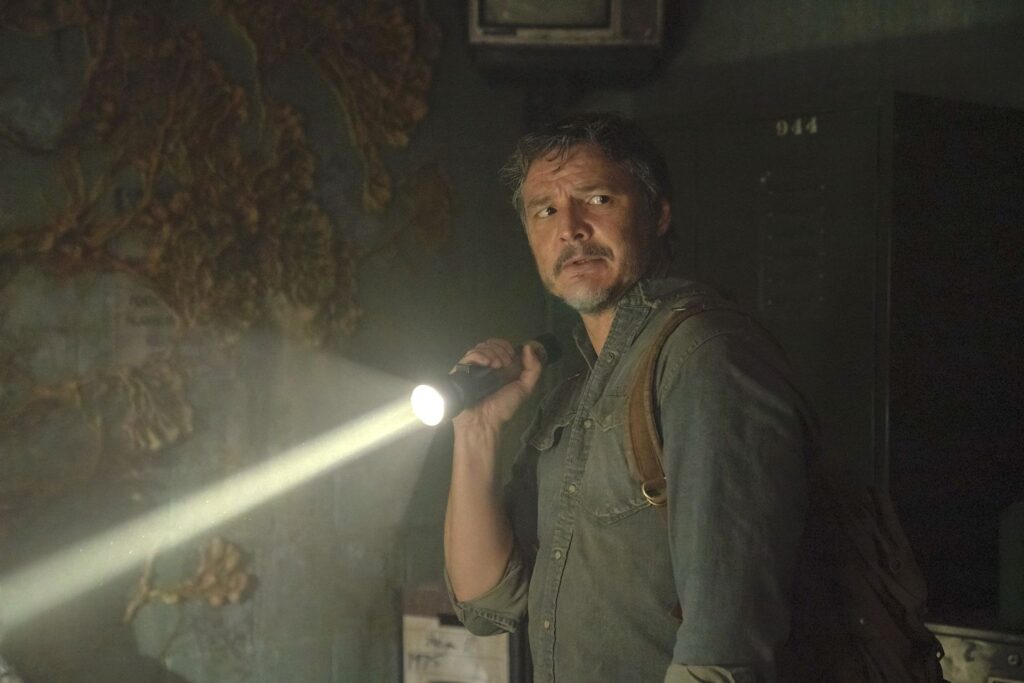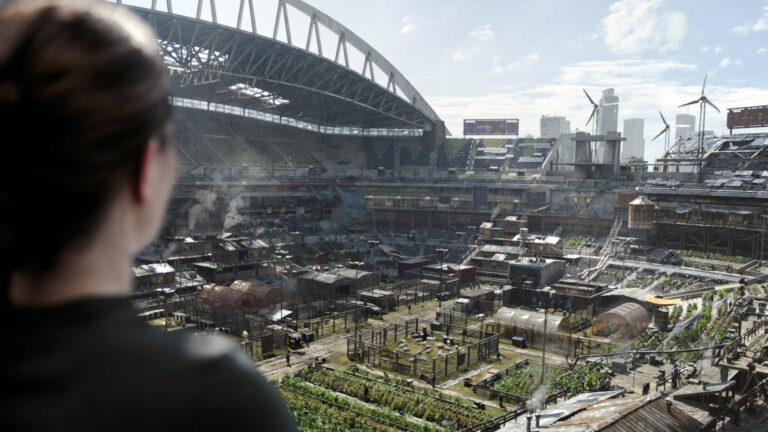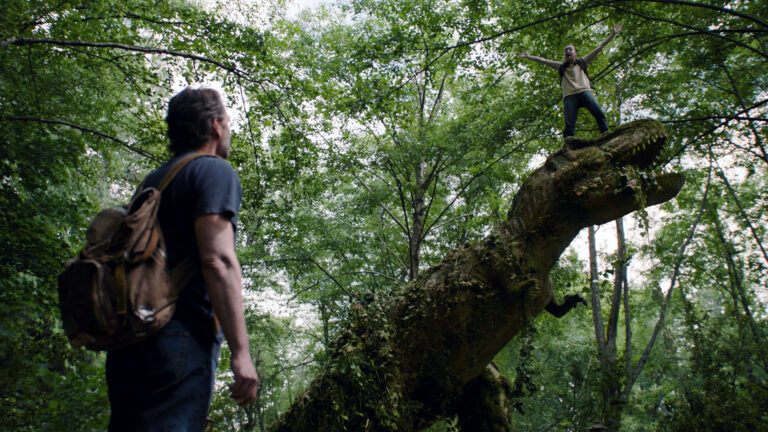A Beginning That Feels Like an Ending
The pilot episode of HBO’s The Last of Us, titled “When You’re Lost in the Darkness”, wastes no time setting a grim tone. Instead of opening with chaos, the show begins in 1968 on a quiet talk show set. Two epidemiologists debate pandemic threats. One of them, Dr. Neuman, brings a chilling theory to the table. He claims that if fungi like Cordyceps were to adapt to infect humans, it could spell the end of civilization.
It’s a slow burn, but the implication lands hard. We’re not diving into gore from the get-go. Instead, we’re faced with a quiet dread that nestles into the viewer’s mind and stays there. It’s a smart choice – grounding the story in plausible science before the nightmare begins.

Flash Forward to 2003: Chaos, Close to Home
Cut to 35 years later. It’s Austin, Texas. We’re introduced to Joel Miller, his teenage daughter Sarah, and his younger brother Tommy. Life seems normal enough. Sarah heads off to school, Joel forgets to pick up his birthday cake, and neighbors act just a bit… off. It’s all understated, but something feels wrong.
Then, everything collapses.
The outbreak hits fast. Sirens scream, news broadcasts panic, and the town descends into pandemonium. Joel, Tommy, and Sarah try to escape. They dodge infected civilians and soldiers. Roads clog. Helicopters fall. Streets burn. The camera keeps it personal, sticking close to Joel and Sarah as they navigate the madness.
And then comes the gut-punch.
A soldier, under orders, shoots at the family. Joel survives. Sarah doesn’t. Her death is brutal and quiet, and Pedro Pascal’s performance as Joel is raw, believable, and absolutely devastating.
2023: A World Rewritten
Twenty years later, we wake up in Boston. The city has become a Quarantine Zone (QZ), run by a military dictatorship known as FEDRA. Public executions are routine. Food is rationed. People live in fear, both of the infected and the government that claims to protect them.
Joel, now older and hardened, works as a smuggler. He teams up with Tess, a tough, smart operator in the Boston black market. They move contraband and navigate the underbelly of QZ life, but Joel has a bigger goal – he’s looking for his missing brother, Tommy.
The worldbuilding here is top-notch. Everything feels lived in, broken down, rusted out. People hustle for ration cards. Walls have ears. The infected aren’t even the main threat – yet.
A Rebel Cause and a Girl Named Ellie
The Fireflies, a resistance group fighting FEDRA, come into focus. Their leader, Marlene, has a secret weapon: a 14-year-old girl named Ellie. She’s been bitten by an infected – but she didn’t turn. Weeks have passed, and she’s still human.
That changes everything.
Joel and Tess, after a bloody encounter with a double-crossing smuggler, get roped into a job by Marlene. They’re to take Ellie out of the QZ and deliver her to a Firefly base. It’s a dangerous mission, but Marlene sweetens the deal – she’ll help Joel find Tommy.
Ellie’s not your average teenager. She’s mouthy, curious, and sharp. There’s an immediate tension between her and Joel, but also a spark of something else. Not trust, exactly – but maybe the first hint of it.
The Escape: A Step into the Unknown
Night falls. The trio slips past guards and out into the forbidden zone beyond the wall. But they’re spotted. A FEDRA soldier holds them at gunpoint. Joel freezes – this moment echoes too much of the past.
When the soldier scans Ellie for infection, the truth comes out. She’s positive, but not sick. Not turning. Not like the others.
Joel snaps.
He launches at the soldier, pummeling him in a frenzy of fists. It’s ugly, fast, and final. Ellie watches. There’s something in her eyes – not just fear, but understanding.
And with that, the journey begins.

Layers Beneath the Ruin
So what makes this episode more than just a well-shot zombie drama? Here’s where the meat of it lies:
- Grounded science fiction: That 1968 intro isn’t just for show. It reframes the entire apocalypse. Cordyceps is real. That’s what makes it terrifying.
- Human-driven storytelling: The infected are scary, sure – but it’s the people that carry the emotional weight. Joel’s grief. Ellie’s mystery. Tess’s cold pragmatism. All of it hits.
- Character over spectacle: There’s action, yes – but nothing feels gratuitous. The chaos serves character development, not the other way around.
- Visual storytelling: The shift from warm-toned Austin to the gray, decayed Boston QZ speaks volumes. You feel the years. You feel the cost.
What Comes Next?
Joel and Ellie have only just started their trek, but the stakes are already sky-high. We know what Joel’s lost. We don’t fully know what Ellie is – but we know she’s important. And we know the world outside the QZ is no fairy tale.
The show doesn’t handhold. It respects its audience. And it doesn’t shy away from the hard stuff. People die. Kids die. Heroes aren’t clean. Choices hurt. But through that darkness, there’s a flicker of light. Not hope, exactly – but maybe purpose.
If the rest of the series carries the same weight as this opener, we’re in for something unforgettable.
Strap in. It’s going to be a long, wild road.




